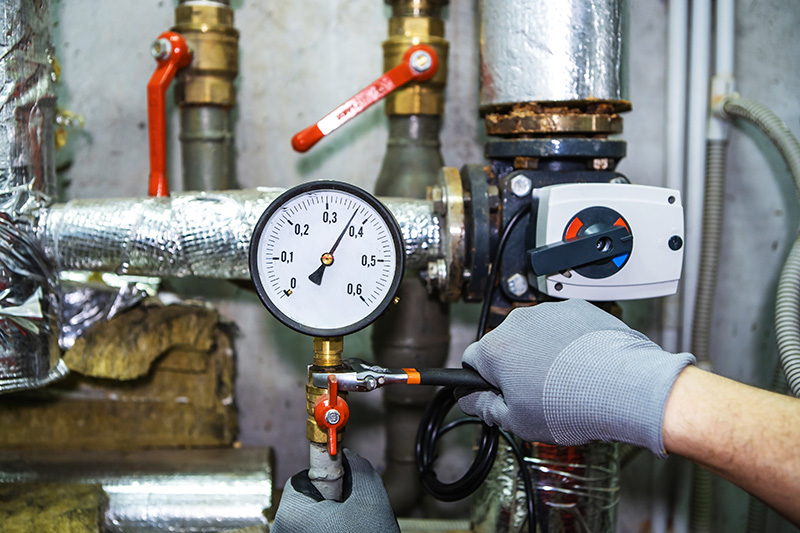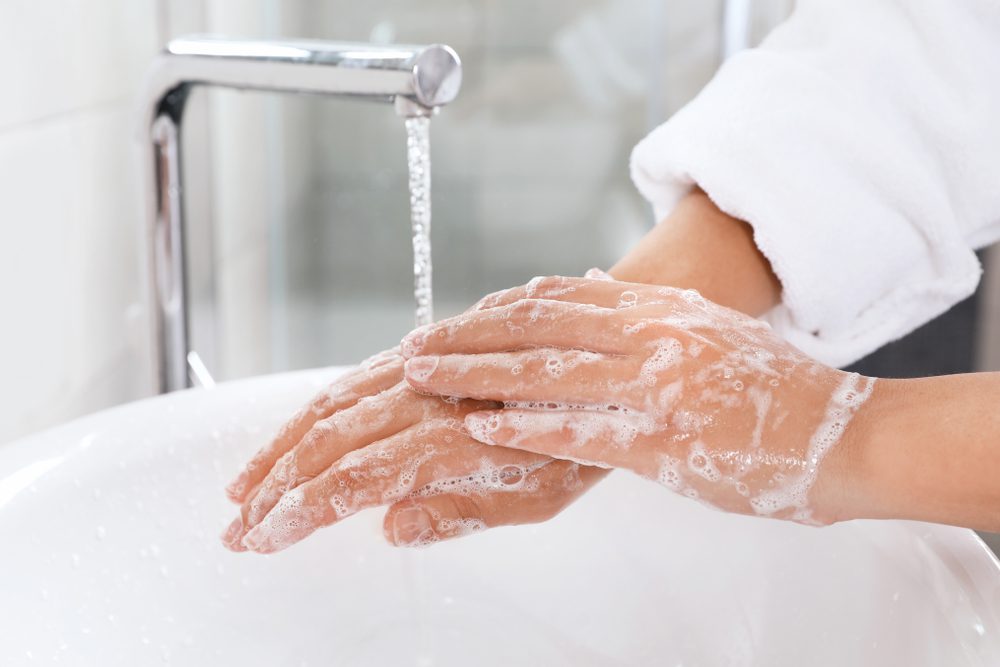Best Ways for Fixing Low Water Pressure in Your Home
Best Ways for Fixing Low Water Pressure in Your Home
Blog Article
Have you been searching for answers concerning Low Water Pressure in the House??

Low water pressure in your house can be a frustrating problem, impacting every little thing from bathing to washing meals. If you're experiencing weak water circulation, there are a number of feasible reasons and remedies to discover. In this overview, we'll talk about common reasons for low water pressure and useful steps to address the issue properly.
Intro to Low Tide Pressure
Low tide pressure happens when the flow of water from your taps, showers, and various other components is weaker than normal. This can make everyday jobs more challenging and less effective. Recognizing the causes of low tide stress is vital to discovering the appropriate service.
Usual Causes of Low Tide Stress
Faulty Stress Regulatory Authorities
Stress regulatory authorities are in charge of preserving constant water pressure in your home. If they malfunction, it can lead to low tide stress or uneven flow throughout your home.
Metropolitan Water Supply Issues
Often, the problem lies outside your home. Metropolitan water supply issues, such as main line leaks or maintenance job, can momentarily decrease water stress in your location.
Pipe Obstructions
Gradually, pipelines can end up being clogged with mineral deposits, sediment, or debris, limiting the circulation of water. This is a common concern in older homes with galvanized steel pipelines.
Corrosion
Deterioration within pipelines can result in leaks and decreased water stress. Rust accumulation can restrict water circulation, particularly in maturing plumbing systems.
Just How to Diagnose Low Water Stress
Inspecting Pipes
Examine visible pipelines for indicators of leaks, deterioration, or blockages. Pay attention to any kind of unusual sounds, such as banging or rattling pipes, which could indicate concerns within the plumbing system.
Consulting with a Plumber
If you're unable to pinpoint the cause of low water stress, think about hiring a specialist plumber to conduct a complete examination. They can identify underlying issues and suggest suitable options.
Checking Faucets and Components
Beginning by checking the water pressure at different faucets and components throughout your home. If the issue is isolated to certain locations, it might indicate localized problems.
DIY Solutions to Take Care Of Low Water Stress
Flushing Water Heater
Debris buildup in the hot water heater can restrict flow and lower effectiveness. Purging the container regularly aids get rid of sediment and maintain optimal performance.
Inspecting Stress Regulatory Authority
Ensure that the pressure regulator is working properly. Readjusting or changing the regulatory authority can aid recover correct water stress throughout your home.
Cleaning Up Aerators and Showerheads
Natural resources can collect in aerators and showerheads, minimizing water flow. Remove and cleanse these elements regularly to boost water stress.
Clearing Clogs in Piping
For small clogs, attempt utilizing a plumbing snake or chemical drainpipe cleaner to clear obstructions in pipelines. Be cautious when making use of chemicals and comply with safety standards.
When to Call a Professional Plumber
If DIY initiatives fail to settle the problem or if you believe considerable plumbing troubles, it's ideal to look for help from an accredited plumber. They have the competence and tools to resolve complicated concerns securely and effectively.
Safety Nets to Keep Water Stress
Installing a Pressure Booster
Consider mounting a pressure booster pump to enhance water stress in areas with regularly reduced flow. This can be especially useful for multi-story homes or residential or commercial properties with high-demand fixtures.
Surveillance Water Use
Be mindful of water use habits and avoid ill-using the plumbing system. Easy changes, such as staggering showers and laundry tons, can assist maintain adequate water stress.
Regular Maintenance
Arrange routine maintenance for your plumbing system to avoid issues such as rust, leaks, and clogs. Dealing with minor issues early can aid stay clear of even more substantial repair work in the future.
Final thought
Taking care of low tide pressure can be aggravating, however recognizing the underlying reasons and carrying out ideal services can recover ideal flow throughout your home. Whether it's cleaning up aerators, examining pipes, or speaking with a plumber, taking proactive actions can make sure a stable supply of water for your daily requirements.
FOUR WAYS TO FIX LOW WATER PRESSURE NOW
Turning on a shower or faucet only to find the water comes out in a sad, slow drizzle is never a good feeling. How exactly are you supposed to wash a pan or take a quick shower when it takes 10 minutes just to rinse off a little soap? The good news is that when your water pressure is bad, there's always a cause: typically one that can be easily fixed. Here are some of the most common causes of low pressure and what you can do to fix the issue:
DEBRIS AND MINERAL DEPOSIT BUILDUPS
If you notice low water pressure from just one or two of the fixtures in your house, the problem likely has to do with debris buildup. Water is full of minerals and other debris, all of which can accumulate in your pipes and on your fixtures. This can cause a blockage that affects how much water flows through. To fix this, try filling a small plastic bag with white vinegar, and use a rubber band to hang it around your showerhead or faucet. Let the head of the fixture soak for a few hours, and the vinegar should loosen the deposits.
WATER LEAKS
Leaks are another common cause of low water pressure. If water is flowing out of your plumbing through a hole or crack before it can reach your fixture, the pressure coming out of the faucet or showerhead will be lower. A plumbing professional is your best bet for finding and repairing a leak in your water supply pipes.
Leaks are another common cause of low water pressure. If water is flowing out of your plumbing through a hole or crack before it can reach your fixture, the pressure coming out of the faucet or showerhead will be lower. A plumbing professional is your best bet for finding and repairing a leak in your water supply pipes.
A VALVE ISSUE
If you have low water pressure throughout your home, check your main shut-off valve to make sure it's completely open. You may also want to see if there's a pressure-reducing valve installed. If there is, have a plumber help you adjust the settings to get the pressure you're looking for.
OTHERS USING WATER
Believe it or not, your low water pressure could be caused by your neighbors. If you notice low pressure at certain times of day, it may be because you and the people living next to you have similar schedules - when everyone is showering at the same time, the pressure will be lower in every home. Low pressure throughout the neighborhood may also be caused by an issue with your municipal water supply. If that's the case, call the supplier to see if they're working on the issue.
https://www.rotorooter.com/blog/water-leaking/low-water-pressure-fixes/

We are very serious about 9 Reasons for Low Water Pressure in Your House and I hope you appreciated our page. Do you know about someone else who is sincerely interested in the subject? Please feel free to promote it. Thanks for your time invested reading it.
Go Services Report this page